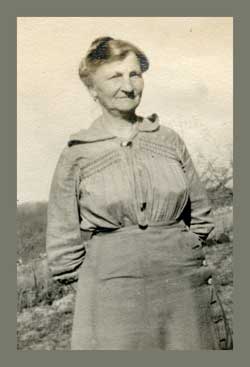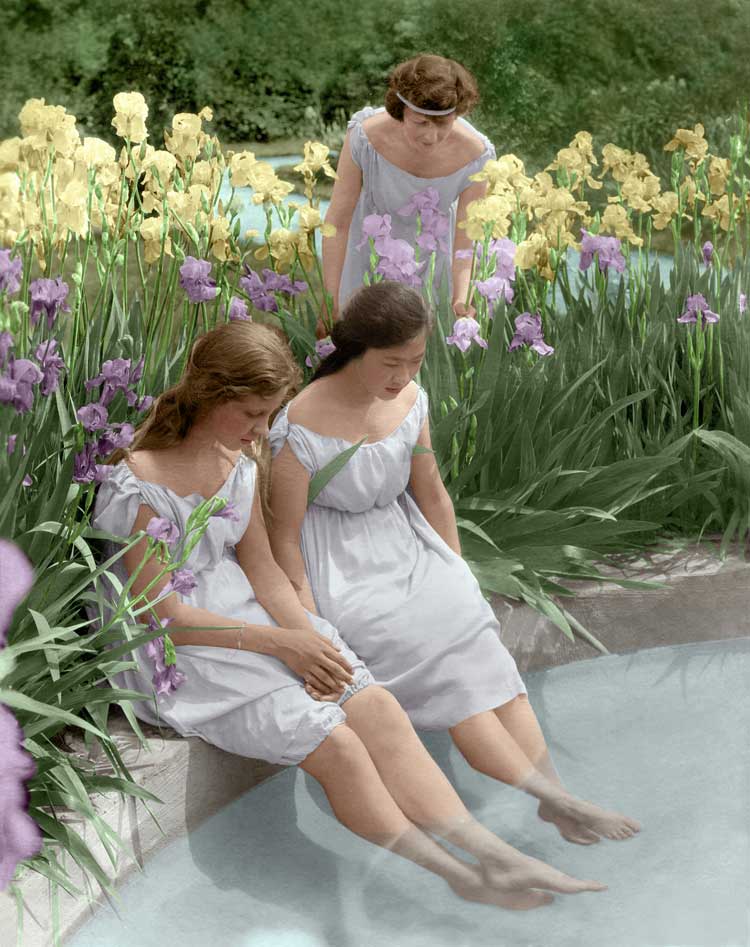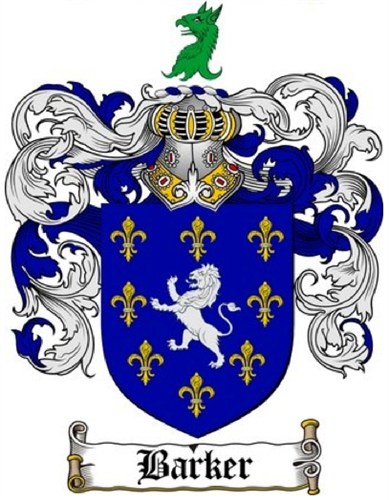Monday, July 9, 2012
Rock stars: Geologists testing aquifer rocks as containers to permanently trap carbon dioxide
MANHATTAN — Two Kansas State University geologists are part of a comprehensive statewide study on using rocks for long-term storage of carbon dioxide.
Carbon dioxide is a gas that is a byproduct of respiration and burning fossil fuels and heat sources, among other causes. Studies have linked increased carbon dioxide production to climate change.
“Currently, more carbon dioxide is being produced by various sources, both natural and anthropogenic, and is going into the atmosphere,” said Saugata Datta, assistant professor of geology who is leading the university’s involvement in the project. “This study is not to look at what carbon dioxide does to the atmosphere, but rather how to sequester it and keep it from reaching the atmosphere in the first place.”
Datta and Robin Barker, master’s student in geology, Arnoldsville, Ga., are studying the geochemical effectiveness of trapping and storing carbon dioxide by injecting it more than 5,000 feet underground in the Arbuckle aquifer under Kansas. The aquifer has a thick layer of porous rock that scientists believe could permanently store carbon dioxide. It also contains groundwater with such high salt concentrations that the U.S. Environmental Protection Agency has deemed it unsafe to drink.
According to Datta, determining whether the rocks of the Arbuckle are effective for permanently storing carbon dioxide could be beneficial to manufacturing and production industries, which currently monitor carbon dioxide production levels due to regulations.
The aquifer is one of 10 throughout the nation that is being studied. Scientists from other national institutions and universities are conducting similar projects in Alabama, California, Colorado, Illinois, New Jersey, New York, South Carolina, Texas, Utah and Wyoming.
The study at Kansas State University is threefold. For the first portion — already in progress — Datta and Barker are using water and rock core samples from the aquifer to look at the mineralogical composition of deep formation waters and rock, as well as how they interact. Ion chromotography and mass spectrometers are being used to study the organic and inorganic components of the water.
“We’re essentially tearing apart a drop of water for analysis,” Datta said. “Water is a really great indicator of what’s going on in the subsurface. It also indicated delicately what can happen in the subsurface after injection of carbon dioxide. By studying it, we can understand where it comes from, how the change in environment from adding carbon dioxide affected it and what will happen over a long period of time.”
The second phase centers on storage — injecting carbon dioxide into aquifer rocks. Researchers are using drill core samples collected from the aquifer, along with brine and carbon dioxide, to geochemically model what happens when carbon dioxide is injected into the aquifer rocks. With this, researchers can look at what happens to the groundwater before, during and after the carbon dioxide injection. Additionally, they can predict what will happen to the stored carbon dioxide decades into the future.
“We’re really looking into the geochemical feasibility of this as a solution,” Barker said. “So far, the preliminary conclusion is that geochemically, it appears that we will be able to safely sequester the carbon dioxide in the aquifer without affecting any drinking water sources.”
The project will enter its third phase beginning January 2013 with a large-scale experiment in Wellington. Researchers will inject 40,000 metric tons of compressed carbon dioxide 5,000 feet below the Arbuckle aquifer and 30,000 metric tons of carbon dioxide into an overlying oil reservoir. Various sampling techniques will be used to study and model the carbon dioxide and its lifespan in the aquifer.
“It has already been proven that certain minerals within rocks, such as silicates, are able to trap carbon dioxide and transform it into a solid mineral,” Datta said. “Ultimately what that means is that once the carbon dioxide is trapped as a mineral, there is very little chance of it being dissolved and being released into the atmosphere. This is essentially locking it up forever.”
The injection test will continue until May 14, 2014.
In addition to Kansas State University, scientists collaborating on the Kansas project are from: the Kansas Geological Survey, headed by Lynn Watney, geoscientist and project manager; University of Kansas; Wichita-based BEREXCO Inc.; Lawrence Berkley National Laboratories; and Sandia Technologies. Each institution is looking at a different aspect of the carbon dioxide sequestration, such as drilling and evaluating wells; monitoring the carbon dioxide plume; injecting carbon dioxide in an oil reservoir to test oil recovery; and ensuring containment of the carbon dioxide from leaking to surface aquifers.
Carbon dioxide will be transported by Abengoa Biofuels from an ethanol plant in nearby Colwich.
For its portion, Kansas State University was awarded four separate grants from the U.S. Department of Energy totaling more than $800,000 throughout the course of the study.
The project will end, and results will be released, in 2015.
This story also appeared in the Science Daily



